I in 2000, I checked out I have depression, so many years I have been fighting with the disease, I sometimes feel tired, empty, it is difficult to have something to make me can be happy, but in an unintentional Internet, I know of the light therapy lamp, looking at can be directed at my existing symptoms of the treatment, I am very tell, all purchased a medical-grade red light therapy device, after a period of time, I found that this is for me to use the light therapy lamp to treat depression. After a period of time, I found that it worked very well for me. Here are all my experiences about using light therapy lamp to treat depression.
What Is Light Therapy, and How Does It Help Depression?
Light therapy, also called bright light therapy or phototherapy, involves sitting near a special lamp that mimics natural sunlight. It’s most commonly used for Seasonal Affective Disorder (SAD), a type of depression triggered by reduced daylight in fall and winter. But recent research shows it can also help with non-seasonal depression, perinatal depression, and even symptoms in kids or people with Alzheimer’s. For me, it was a game-changer for both my winter blues and year-round low moods.
The science behind it is fascinating. Light affects your brain’s circadian rhythm—the internal clock that regulates sleep, mood, and hormones. When you expose your eyes to bright light (typically 10,000 lux, a measure of brightness), special cells in your retina send signals to the suprachiasmatic nucleus, the brain’s “master clock.” This helps reset your sleep-wake cycle and boosts serotonin, a mood-lifting chemical. Some studies even suggest light influences the prefrontal cortex, which governs emotions and decision-making. A 2024 study found that light therapy led to a 41% remission rate for non-seasonal depression, compared to 23% for other treatments. That’s not a cure, but it’s a powerful tool.
My Experience: Getting Started with Light Therapy
When I decided to try light therapy, I was overwhelmed by choices. I needed a lamp that was effective, safe, and didn’t break the bank. After reading advice from the Mayo Clinic and Harvard Health, I learned that a good light therapy lamp should:
- Emit 10,000 lux at a comfortable distance (usually 12–24 inches).
- Filter out ultraviolet (UV) rays, which can harm eyes and skin.
- Have a large light surface to reduce glare and cover more of your visual field.
- Be certified by a reputable organization, like the Center for Environmental Therapeutics (CET).
My first session felt awkward. I set the lamp on my kitchen table, about 16 inches from my face, and turned it on at 7 a.m. I didn’t stare at it—experts warn against that to avoid eye strain—but kept it in my peripheral vision while sipping coffee and scrolling my phone. After 30 minutes, I didn’t feel instantly happier, but I noticed a subtle boost in alertness. By day five, I was waking up less groggy, and by week two, my mood felt lighter, like a fog had started to lift.
How to Use a Light Therapy Lamp Effectively
Here’s what I’ve learned about making light therapy work, based on my experience and expert guidelines:
- Timing Matters: Use the lamp first thing in the morning, ideally within an hour of waking. Evening use can disrupt sleep by tricking your brain into thinking it’s daytime. I set a 7 a.m. alarm to keep it consistent, even on weekends.
- Duration: Start with 20–30 minutes at 10,000 lux. If your lamp is less bright (e.g., 2,500 lux), you may need 45–60 minutes. I stick to 30 minutes, but on really tough days, I sometimes add a 15-minute afternoon session (with my therapist’s okay).
- Positioning: Place the lamp at eye level, 12–24 inches away, depending on its lux output. Angle it slightly to avoid direct glare. I prop mine on a stack of books to get the height right.
- Stay Engaged: You don’t need to stare at the light—just keep your eyes open. I read, journal, or eat breakfast during sessions. Closing your eyes or wearing sunglasses reduces effectiveness.
-
Consistency Is Key: Use it daily, or at least every other day, for at least two weeks to notice changes. I mark sessions on a calendar to stay accountable.
Who Can Benefit, and Who Should Be Cautious?
Light therapy isn’t just for SAD. Studies show it helps:
- Non-seasonal depression: A 2024 meta-analysis found 60% of patients saw significant symptom relief.
- Perinatal depression: Morning sessions reduced symptoms during and after pregnancy.
- Kids and teens: It’s safe and effective for adolescent depression.
- Alzheimer’s patients and caregivers: Four weeks of therapy cut depression scores.
But it’s not for everyone. I have a friend with bipolar disorder who tried light therapy and felt jittery, almost hypomanic. Experts warn that it can trigger mania in bipolar patients, so consult a psychiatrist first. If you have eye conditions like cataracts or take medications that increase light sensitivity (e.g., some antibiotics), check with your doctor. I also learned to watch for side effects like headaches or overstimulation. If I feel edgy, I reduce my session to 15 minutes or move the lamp farther away.
Challenges and How I Overcame Them
Light therapy sounds simple, but sticking with it can be tough. Here are hurdles I faced and how I tackled them:
- Finding Time: Mornings are hectic, so I paired my sessions with breakfast to make it a habit. If you’re rushed, try a portable lamp you can use at work (with your boss’s permission).
- Side Effects: Early on, I got mild headaches. Moving the lamp to 18 inches and drinking water during sessions helped. If you feel overstimulated, cut back to 15 minutes and build up gradually.
- Skepticism: My partner thought it was a placebo, but seeing my mood improve convinced him. Tracking my symptoms in a journal (using a scale like 1–10 for mood) showed me it was working.
- Cost: Lamps range from $50–$200. I saved by buying during a Black Friday sale. Some insurance plans cover light therapy with a prescription—ask your doctor. Libraries or community centers may also offer free access.
-
No Immediate Results: It took two weeks to feel a difference. I stayed patient by reading success stories on forums like Reddit and reminding myself that even small improvements were progress.
What If It’s Not Working?
If you’ve used a lamp consistently for 3–4 weeks and see no change, don’t give up. Try these:
- Check Your Setup: Ensure you’re getting 10,000 lux at the right distance. Some lamps lose intensity if too far away. I double-checked my lamp’s manual to confirm.
- Adjust Timing or Duration: Morning sessions are best, but some people respond better to mid-morning or split sessions. Talk to your doctor about tweaking it.
- Combine Therapies: Light therapy works best alongside other treatments like therapy or medication. My therapist helped me pair it with cognitive-behavioral therapy (CBT) for better results.
-
See a Specialist: A psychiatrist or sleep expert can assess if your depression type responds to light or if another issue (e.g., vitamin D deficiency) is at play.
Long-Term Use and Relapse Prevention
After three months, I felt steadier, but I worried about slipping back. Research suggests light therapy’s effects are temporary if you stop, especially for SAD. I now use my lamp daily from October to March, then taper to 2–3 times a week in spring. On sunny days, I skip it and walk outside for natural light (50,000 lux on a clear day!). I also:
- Track Symptoms: I note mood dips in my journal to catch relapses early.
- Stay Active: Exercise, even a 20-minute walk, boosts light therapy’s effects.
- Sleep Well: Keeping a regular sleep schedule supports my circadian rhythm.
Choosing the Right Light Therapy Lamp
Picking a lamp can feel daunting, but here’s what to prioritize:
- Brightness: 10,000 lux is the gold standard. Check the distance at which it delivers this (e.g., 12 inches).
- UV Protection: Ensure it filters UV rays to protect your eyes and skin.
- Size and Design: Larger lamps (12x15 inches or more) are more comfortable for daily use. I prefer ones with stands for easy positioning.
- Portability: If you travel, consider a compact model like the HappyLight Luxe.
- Warranty and Trial Period: Look for a 30–60-day return policy. Yale’s light therapy project suggests a 2-month trial to gauge effectiveness.
Is Light Therapy Worth It?
You should know that light therapy can not replace drugs and other, this is a kind of assistance, you should do what the doctor said, light therapy can assist your disease, but completely cure good, there is another thing is that when you choose the light therapy equipment, choose FDA-approved, so that the quality, the effect can be guaranteed.




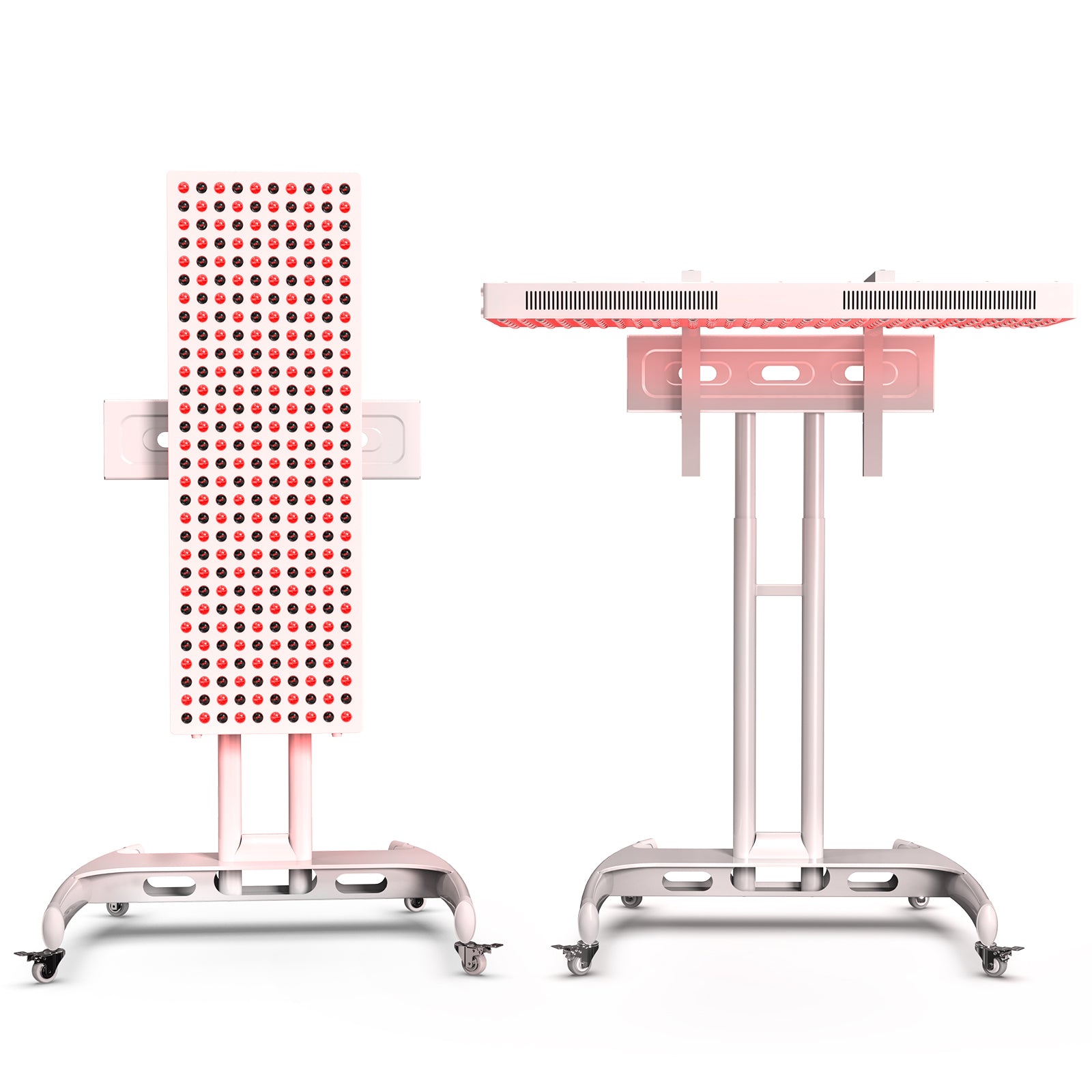
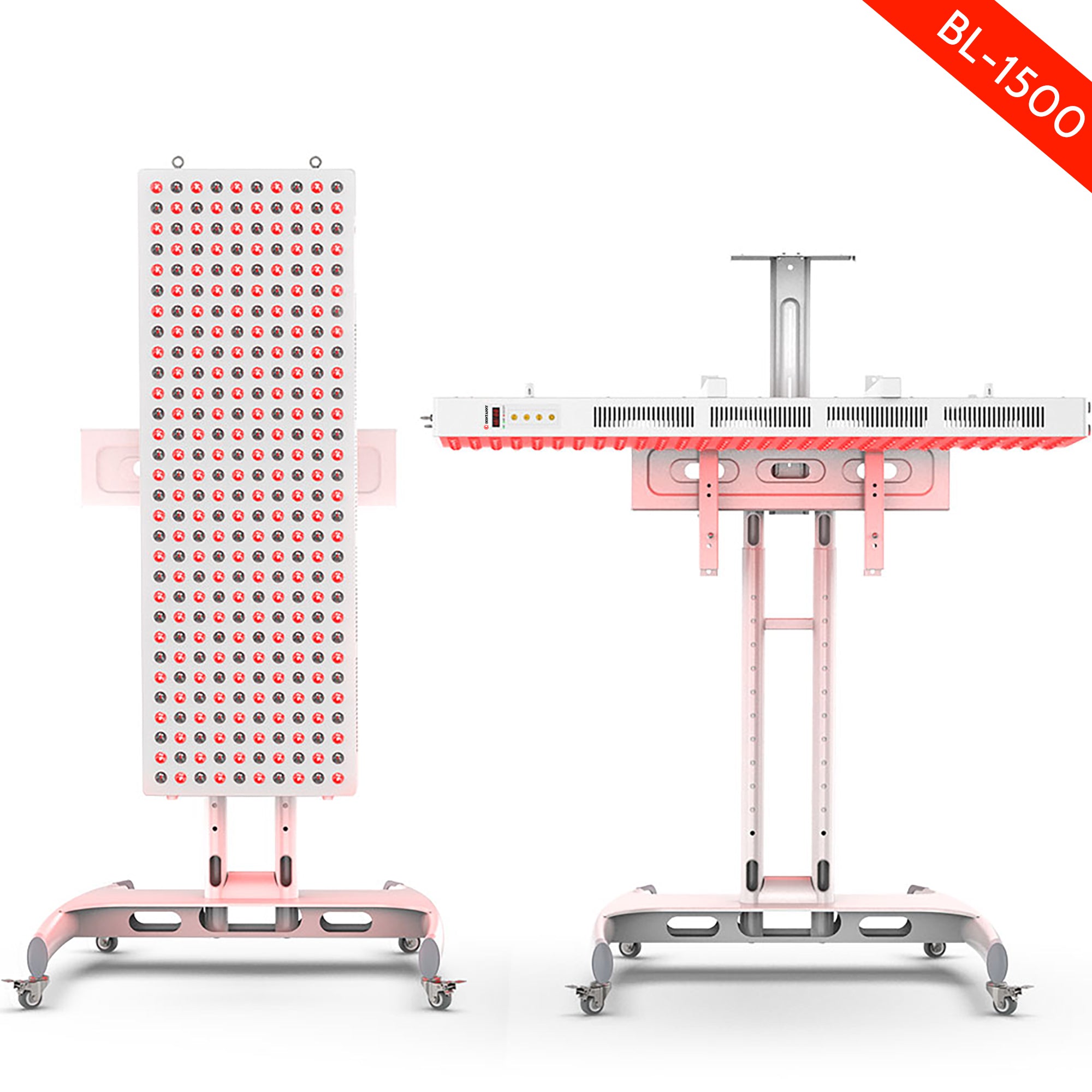
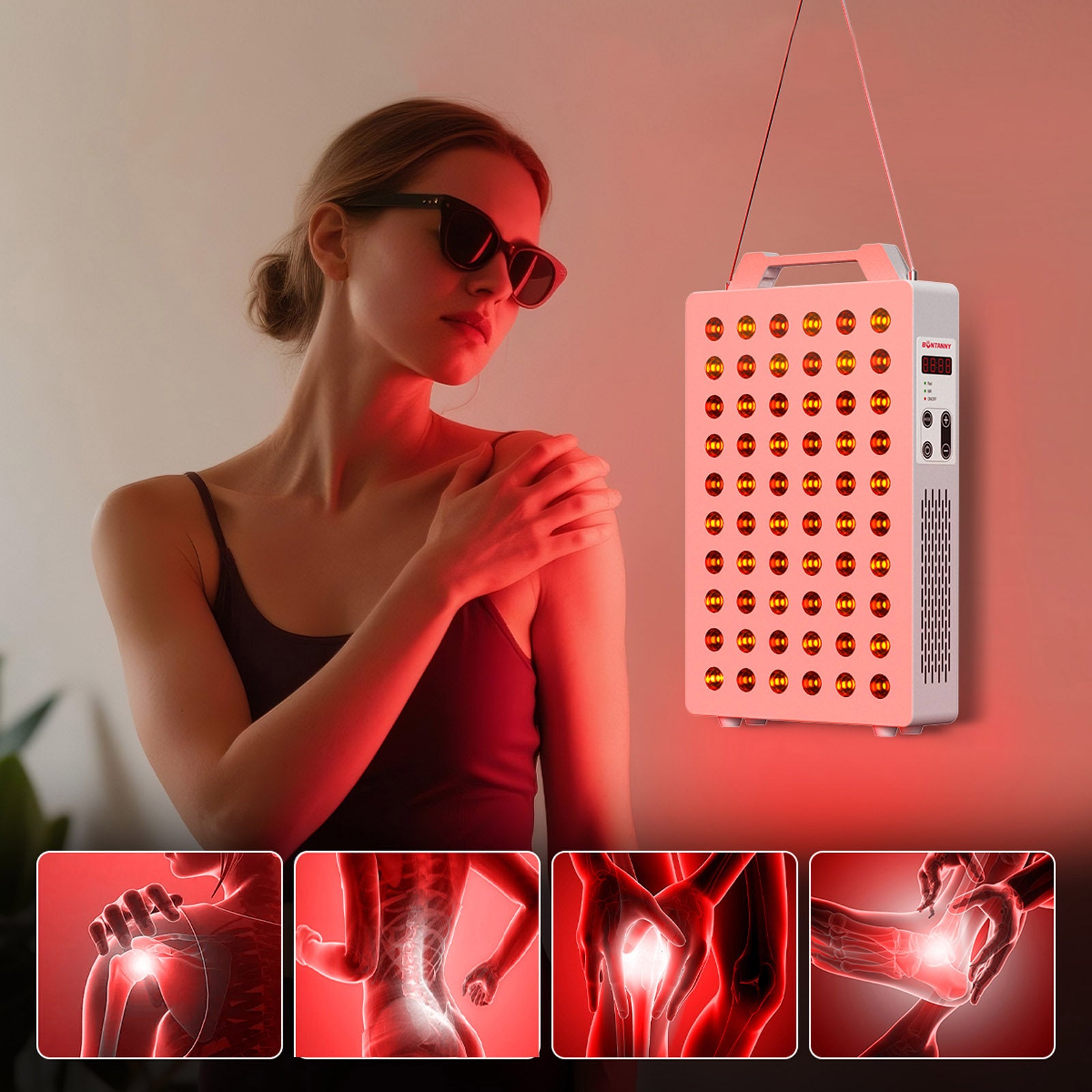
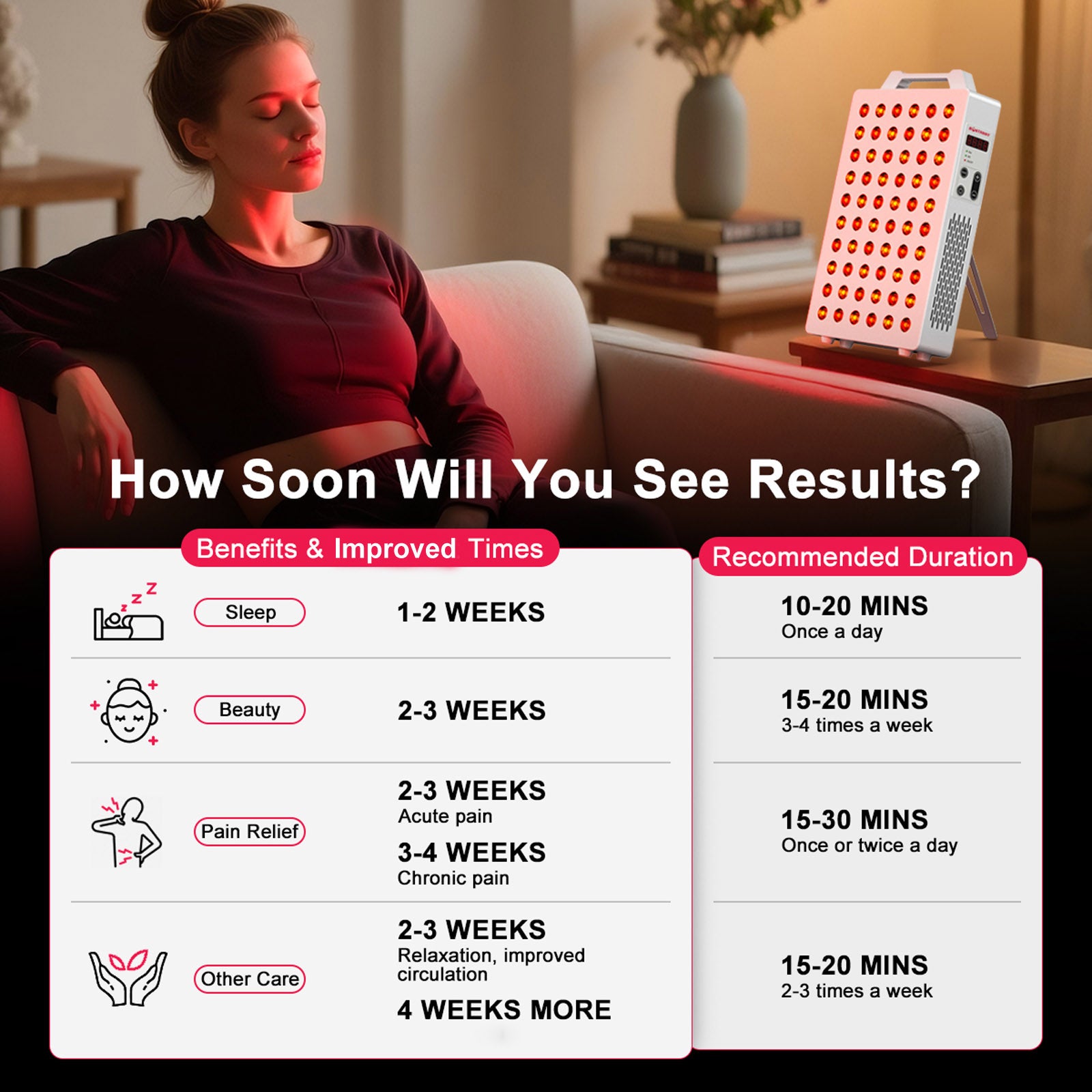
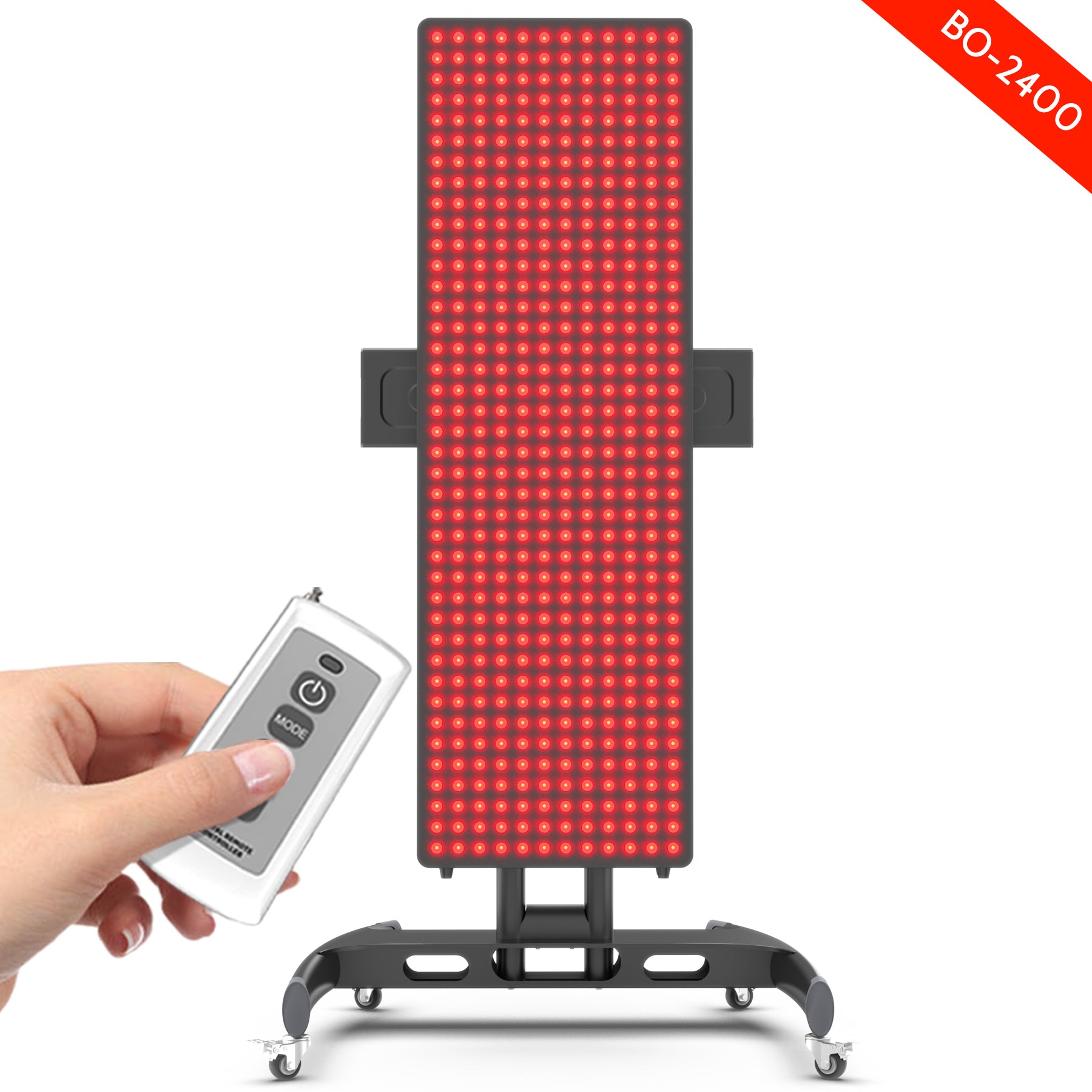
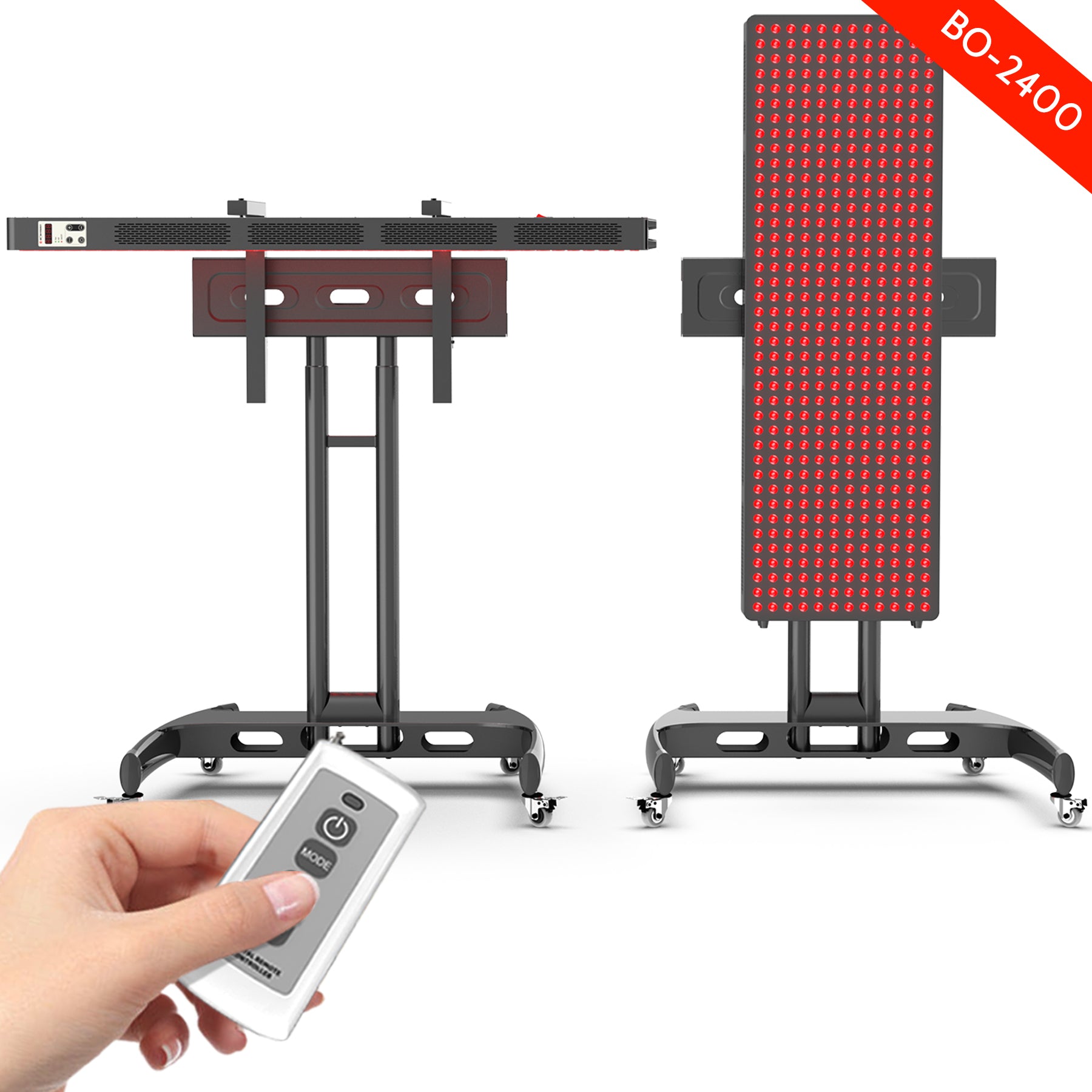
Leave a comment
This site is protected by hCaptcha and the hCaptcha Privacy Policy and Terms of Service apply.